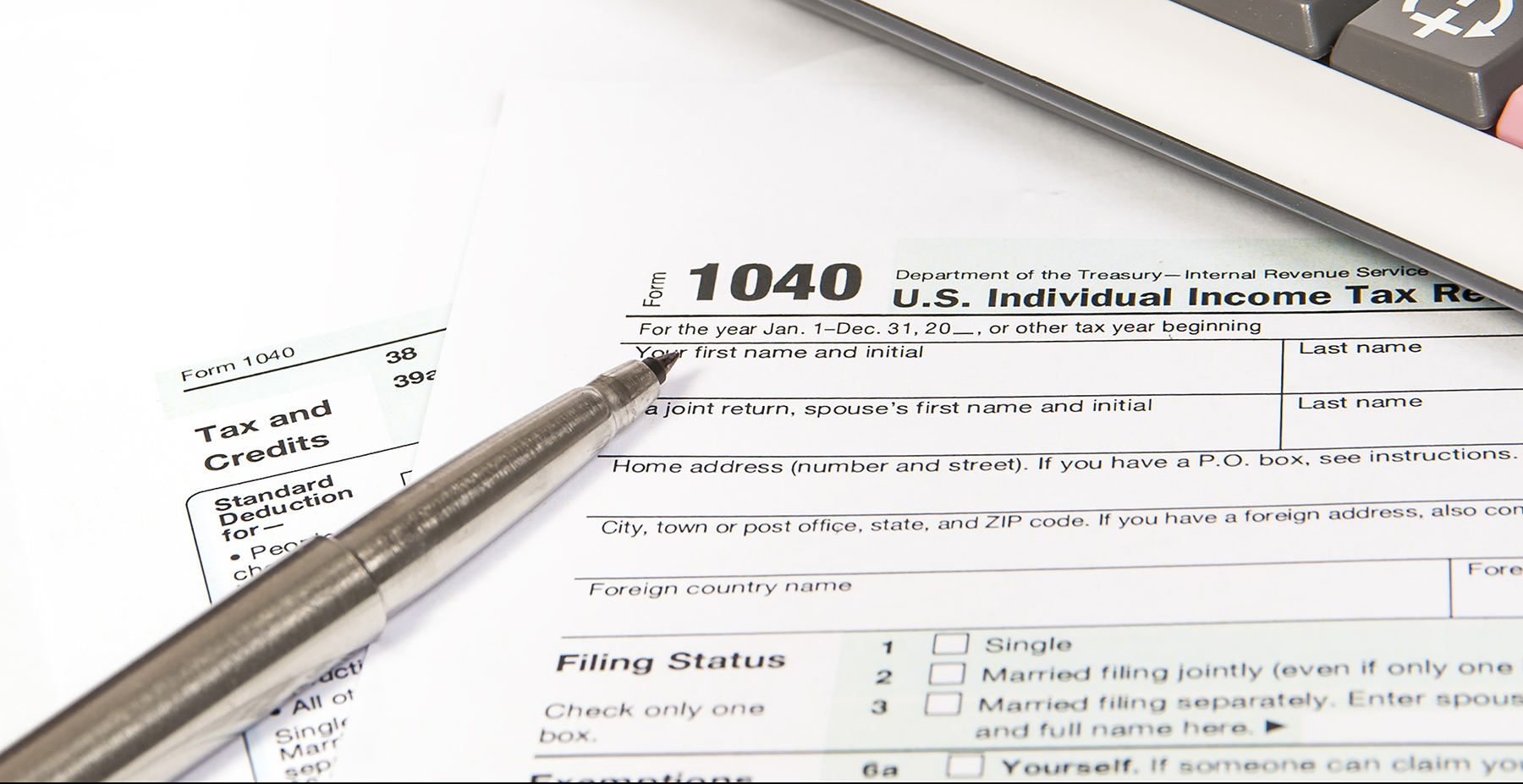

by Kim Stephens
on January 12, 2017
A special tax benefit called the Saver’s Tax Credit gives low to moderate income taxpayers one more reason to save for retirement. This opportunity is often overlooked – in fact, the Transamerica Center for Retirement Studies reported that only 25% of workers with annual household incomes of less than $50,000 were even aware of the credit.
Here’s how it works: An eligible taxpayer makes a contribution to his or her company-sponsored retirement plan or Individual Retirement Account. If adjusted gross income falls within a certain range, the taxpayer gets a tax credit that reduces the amount of income tax owed for that year. Depending on the amount of adjusted gross income and filing status, the credit can be as much as $1,000 (see the below table). The credit can reduce income tax owed to zero, but cannot provide a tax refund.
| 2017 Income Limits | |||
|---|---|---|---|
| Amount of Credit | Joint Filers | Head of Household | Single |
| 50% of first $2,000 deferred | $0 to $37,000 | $0 to $27,750 | $0 to $18,500 |
| 20% of first $2,000 deferred | $37,001 to $40,000 | $27,751 to $30,000 | $18,501 to $20,000 |
| 10% of first $2,000 deferred | $40,001 to $62,000 | $30,001 to $46,500 | $20,001 to $31,000 |
To receive the credit, a taxpayer must be age 18 or older and cannot be a full-time student or be claimed as a dependent on someone else’s tax return.
Jacob and Ashley are married and file a joint tax return. They work for separate companies, and each contributes $1,000 to their company 401(k) plan in 2017. Their 2017 combined adjusted gross income is $36,000. Their tax credit for 2017 is $1,000 (50% of their combined $2,000 salary deferrals).
Taxpayers should consult with a competent tax advisor if they have questions about how to claim the credit on their personal return.